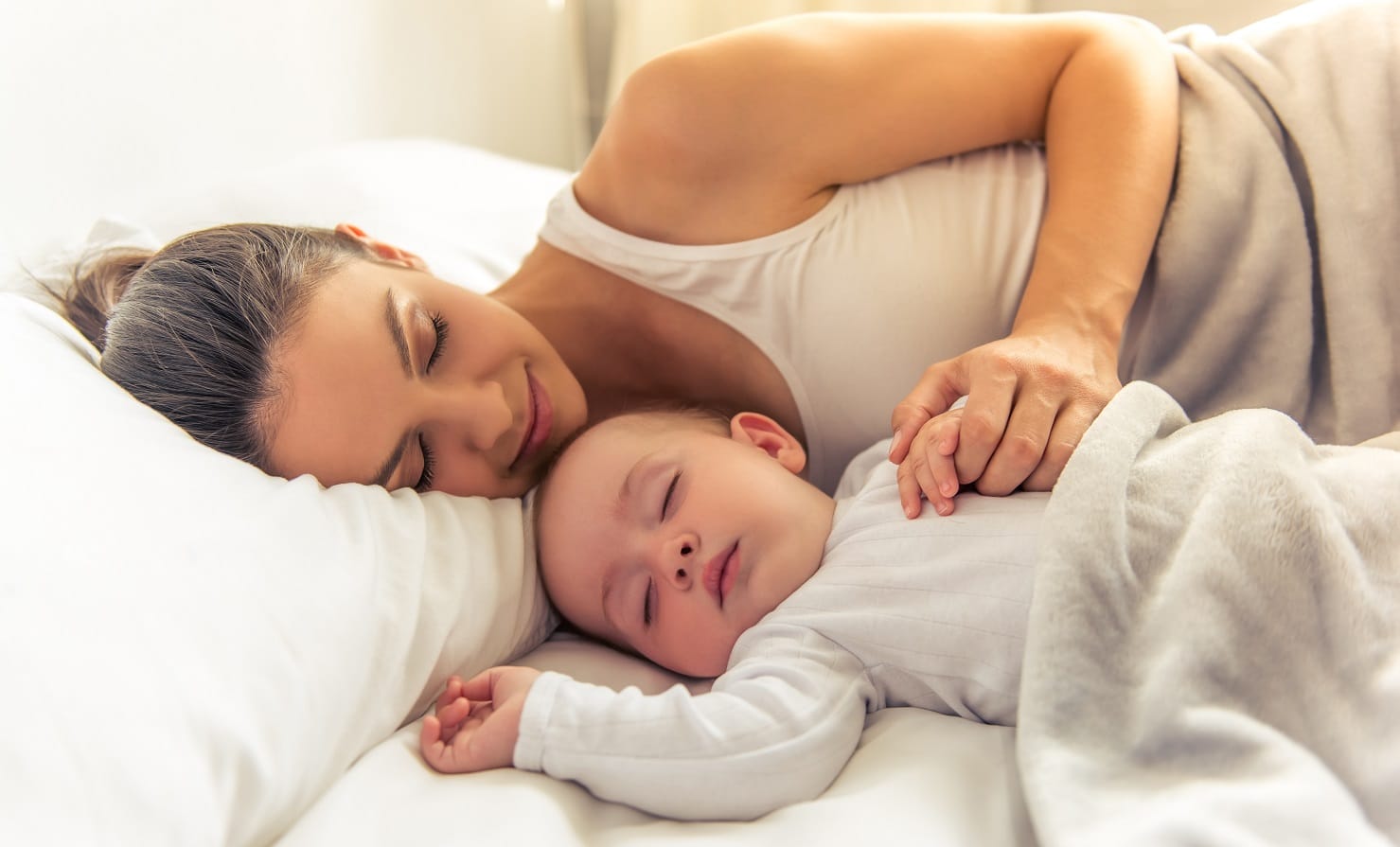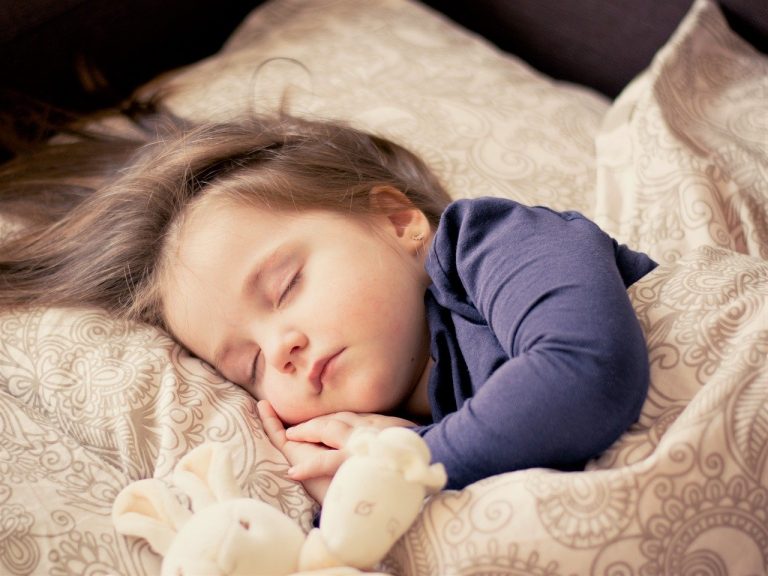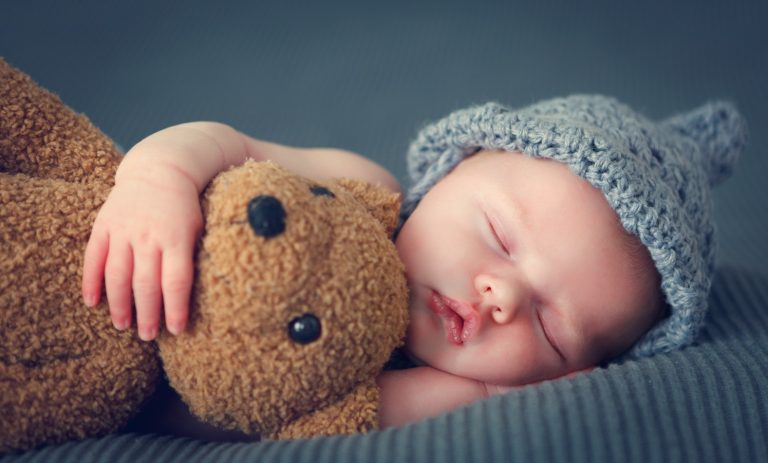Safe sleep means that your child sleeps in a way that prevents her from dangers such as risks and harassment (unable to breathe), and sudden infant death syndrome (also called SIDS). SIDS is an unknown death of a child under one year. When a child sleeps, the child usually does. This is often called a thin end, because the child often dies in his coat.
In This Article
How much sleep does your child need?
Newborn infants sleep for 16 hours a day, usually within a period of 3 to 4 hours. Your child should eat every hour that is the reason that he does not sleep for long. If she does not get enough sleep, your baby can crank or move forward.
Do not be surprised if your child wakes only for one or two hours. Over time, his body is in sleep patterns. That night sleeps for a long time too. If you are concerned about your child’s sleep, talk to her health care provider.
Where Should Your Child Sleep?
The best place to sleep for your baby is in the basin or crib. If you have coefficient (twins, three or more), place each child in their cribs. Here are some things about securing your child’s sleep space:
- Keep your babies sleeping on a flat, sturdy surface on his back, such as a mattress. Use the only mattress for your baby’s crib. The bed should fit well in the crib so that the bed and crib are not space. The shape of the mattress should be covered with a covered sheet or pillow lid.
- Put your child in bed in your cattle or basin. Bed-Do not Share. At the same time, children and parents sleep in the same bed. The most common cause of death in children less than three months is bed-sharing. Keep your child’s bed near your bed, so your child is nearby during the night. American Academy of Pediatrics (also known as AAP) recommends that you and your child sleep in one room, but not in the same bed, but for the first year of your child’s life, but at least six months
- Make sure your child’s basinets, cattle, or play yards meet the current safety standards. Visit the American Consumer Product Safety Commission (CPSC) to learn more about product safety standards or product recall.
- Remove the hanging cord or electric wires where your child sleeps. Babies can confuse them and break them.
- Put the room at a comfortable temperature. If your child is getting sweaty or her chest looks hot, it may be warm.
The thing you should avoid while sleeping
- Do not use sleep condition. This is often called nest or anti-roll pillows. To help keep their children, they have matt or wagon with pads on both sides. The Food and Drug Administration (also known as the FDA) warns that due to sleep conditions, children’s death may be due to persecution.
- Do not let your child sleep in a carrier, sling, car seat, or stroller. These things can be suffocating for sleeping babies. If your child sleeps at once, take him out and put him in your cabin as soon as possible.
- Do not sleep on your child’s soft surface, such as water, sofa, soft mattress, or dip in the cushion.
- Do not keep crib lumps, loose beds, toys, or other soft items in your baby’s cot. They put your child in danger of being trapped, disloyal, or harassing.
- Do not use crab with drop-side rail. Do not place a portable bed rail on a regular bed. Children are trapped in track and maze. Do not try to fix broken or missing parts.
How do you put your child to sleep safely?
Here’s how to help your child to sleep safely:
- Keep your baby sleeping on his back until the age of 1; it is not safe to sleep on his side or abdomen. If your child moves back after or after it, then it is better to change the situation when sleeping.
- Wear light-colored clothes to your child, remove any wire or tie it to the pan, and do not cover its head. The blanket slipper can help your child keep warm without covering his head or face. It is safe to keep your child safe for sleep until it runs on your stomach. But once it falls, it stops. A sucked baby who is placed on her stomach or roll while sleeping, it is possible to have SIDS. Swaddling occurs when you can wrap a light blanket around your child so that most of her body covers the body under the neck.
- Give your child a pacifier. Pacifiers can help save SIDS. If you are breastfeeding, wait for 3 to 4 weeks for your child, or wait until you have a breastfeeding habit before making it calm. If your child is not quiet, do not push him. The sound of peace comes when your child is sleeping in the mouth.
- Do not use the Home Cardiosphere Monitor to reduce the risk of SIDS. These monitors track the child’s heart rate and breath. Some children need such monitors due to medical problems, but this is rare. No evidence monitors help in reducing the risk of SIDS in healthy children.
How Does Breastfeeding Affect Safe Sleep?
At least six breast-feeding in your child’s life can reduce the risk of your child’s SIDS. It is OK to breastfeed your baby in your bed. Before you start eating, remove any bed and pillows from your bed. If you go to sleep, you should be awake soon, take your child to his coat or basin. It is safe to breastfeed your baby bed on the sofa or cushion chair.
Children often fall asleep during breastfeeding, especially when they are complete. If you think your child is sleeping and did not eat it, try to rub it on his back slowly, patch his legs, bury it, or switch to another breast. If your child is not treated correctly, he may fall asleep. You can break your pinky finger by putting it on the edge of its mouth. Ask your Breastfeeding Advisor to make a good look at your child. When your child’s mouth is safely tied to your nipple area for breastfeeding, the latch
Are there other ways to help reduce your child’s risk of sleep, including SIDS?
Here’s what you can do:
- Make sure your child makes all your vaccinations. These shots help to prevent childhood diseases and can help prevent SIDS. All children should be immunized for their health, and therefore, they do not spread the infection.
- Do not smoke and keep your child away from other smokers and other hand smoke (smoke from other people’s cigarettes, cigars, and pipes). The risk of SIDS increases with children living with smokers. Leave your home and your car smoking.
- Do not use smoking, drinking, or harmful drugs during pregnancy. Mothers who have these things, they increase the risk of sides.
- Go to checkups for your childbirth care during pregnancy. The risk of SIDS increases with mothers who do not take regular prenatal care.









